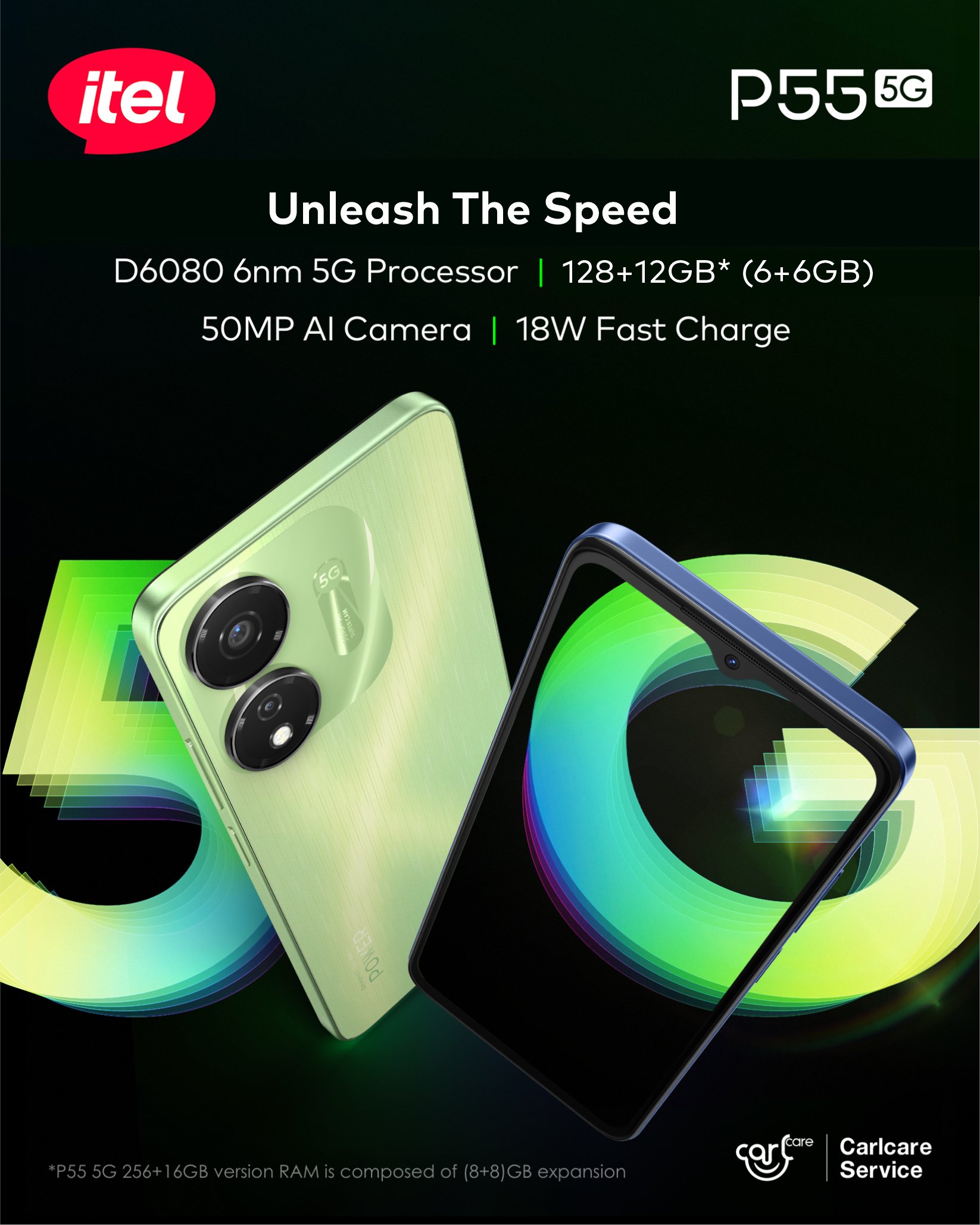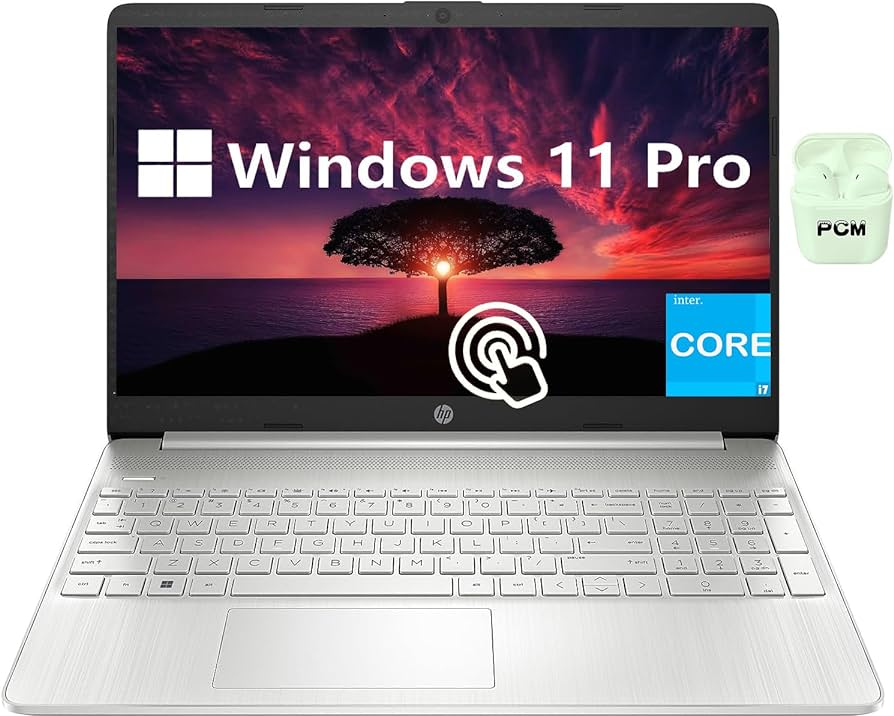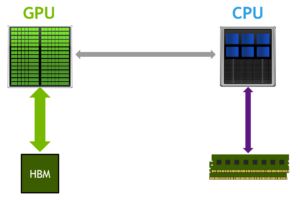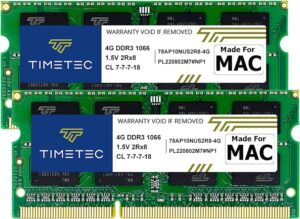The RAM frequency refers to the speed at which data transfers in and out of the RAM. It is measured in megahertz (MHz) and determines the speed and performance of a computer’s memory.
RAM frequency is a crucial factor in determining the overall speed and performance of a computer. A higher frequency means faster data transfer, resulting in better multitasking and quicker response times. When selecting RAM for a computer, it’s important to consider the optimal frequency that is compatible with the motherboard and CPU.
It’s also essential to balance the RAM frequency with other components to maximize overall system performance. Understanding the significance of RAM frequency can help optimize the speed and efficiency of a computer system, making it essential for both casual users and professionals in various fields. High RAM frequency allows for seamless multitasking and improved overall user experience.

Credit: www.temu.com
What Is Ram Frequency?
What is Ram Frequency?
Definition
RAM frequency, also known as RAM speed, refers to the clock speed of your computer’s memory, measured in megahertz (MHz).
Role In System Performance
RAM frequency plays a crucial role in the overall performance of your system. Higher RAM frequency means faster data access, resulting in smoother multitasking and faster loading times for applications and games.

Credit: m.facebook.com
Determining Factors For Ram Frequency
When it comes to the performance of your computer, choosing the right RAM frequency is crucial. The RAM frequency, measured in megahertz, determines how quickly your RAM can communicate with the CPU. Understanding the determining factors for RAM frequency can help you make informed decisions when upgrading or building a computer.
Memory Controller
The memory controller, integrated into the CPU, plays a key role in determining the RAM frequency that your system can support. It is responsible for managing the communication between the CPU and the RAM. The capabilities of the memory controller, including its supported memory speeds, influence the maximum RAM frequency your system can handle.
Motherboard Compatibility
Your motherboard’s compatibility with different RAM frequencies is another crucial factor to consider. Each motherboard is designed to support specific RAM frequencies, which are often outlined in the motherboard’s specifications. Ensure that your chosen RAM frequency is compatible with your motherboard to avoid compatibility issues and maximize performance.
Benefits Of High Ram Frequency
Having a high RAM frequency in your computer can bring several benefits that enhance your overall computing experience. From improved multitasking capabilities to faster data transfers, a high RAM frequency can greatly optimize your system’s performance. Let’s explore these benefits in more detail:
Improved Multitasking
A high RAM frequency allows your computer to handle multiple tasks simultaneously without experiencing a significant drop in speed. When you have a lot of applications and processes running at the same time, a higher RAM frequency ensures that your computer can quickly access the necessary data and switch between tasks effortlessly. This improved multitasking capability enhances productivity and efficiency, allowing you to work on various projects or run resource-heavy software smoothly.
Faster Data Transfer
A high RAM frequency enables faster data transfer rates between the RAM and other components of your computer, such as the CPU and storage devices. This means that the data can be retrieved and written to the RAM at a much faster speed, reducing the time it takes for your system to process and execute commands. Faster data transfer rates also contribute to shorter loading times for applications and files, improving overall responsiveness and user experience.
Considerations When Choosing Ram Frequency
When it comes to building or upgrading a computer, one crucial component that you should carefully consider is the RAM frequency. RAM, or Random Access Memory, is responsible for temporarily storing data that your computer actively uses. It plays a vital role in determining how well your system performs and handles various tasks. The frequency of your RAM, measured in megahertz (MHz), can have a noticeable impact on your computer’s overall speed and responsiveness. In this post, we will explore the key considerations that you need to keep in mind when selecting the right RAM frequency for your system.
Compatibility With Cpu
When choosing RAM frequency, it’s essential to ensure compatibility with your CPU. Different CPUs have specific limitations and support certain RAM frequencies. You need to consult your CPU’s technical specifications to determine the maximum RAM frequency it can handle. Pairing your CPU with RAM that exceeds its capability may result in instability or even incompatibility issues. On the other hand, using RAM with a much lower frequency than what your CPU supports will result in a suboptimal performance. Hence, it is crucial to choose RAM frequency that falls within the range specified by your CPU manufacturer.
Budget And Future Upgradability
Besides CPU compatibility, your budget and future upgradability plans also play a significant role in selecting the right RAM frequency. Higher RAM frequencies often come at a higher cost, so it’s important to consider how much you are willing to spend on RAM. If you are on a tight budget, opting for lower frequency RAM might be a more feasible choice. However, if you have the financial flexibility, investing in higher frequency RAM can provide a noticeable performance boost. Additionally, if you plan to upgrade your CPU in the future, it’s wise to choose RAM frequency that aligns with your potential future upgrade. This future-proofing ensures that you don’t have to replace your RAM when you decide to upgrade other components of your system.
By considering the compatibility with your CPU and balancing your budget with future upgradability, you can make an informed decision when it comes to RAM frequency. Remember, the right RAM frequency can significantly enhance your computer’s performance, ensuring smoother multitasking and faster data processing. Take the time to research and compare different options before making your final choice.
Overclocking Ram Frequency
Boost your computer’s performance by overclocking RAM frequency. Increase data transfer speed and enhance overall system responsiveness for a seamless computing experience.
Advantages Of Overclocking Ram Frequency
Overclocking ram frequency can have a range of benefits for your computer system. By pushing your ram beyond its default speed, you can potentially unlock greater performance and improve overall system responsiveness. Here are some advantages of overclocking ram frequency:
- Increased Processing Power: Overclocking ram frequency can provide a significant boost in processing power, allowing your computer to execute tasks faster and more efficiently.
- Improved Gaming Performance: Gamers can benefit from overclocking ram frequency as it can lead to smoother gameplay, reduced lag, and faster loading times.
- Enhanced Multitasking Capability: Overclocked ram frequency enables your computer to handle multiple tasks simultaneously, without experiencing slowdowns or performance bottlenecks.
- Faster Data Transfer: Overclocked ram frequency can result in faster data transfer rates, enabling quicker file transfers, minimized wait times, and seamless data streaming.
- Optimized Software Applications: Overclocking ram frequency can enhance the performance of software applications that heavily rely on memory, ensuring smooth and seamless usage.
Disadvantages Of Overclocking Ram Frequency
Although overclocking ram frequency offers various advantages, it’s important to be aware of the potential downsides. Here are some disadvantages to consider:
- Increased Heat Generation: Overclocking ram frequency can lead to higher heat production, which can negatively impact system stability and lifespan if not managed properly.
- Reduced System Stability: Overclocking ram frequency beyond its default settings can make your system prone to crashes, freezes, and unexpected shutdowns.
- Potential Component Damage: If overclocked excessively or without appropriate cooling measures, ram modules can be subjected to higher stress levels, potentially leading to permanent damage.
- Limited Warranty Coverage: Overclocking ram frequency usually voids the warranty provided by manufacturers, leaving you responsible for any damages or malfunctions caused.
- Increased Power Consumption: Overclocked ram frequency requires additional power, leading to increased power consumption, which may result in higher electricity bills.

Credit: twitter.com
Frequently Asked Questions For Ram Frequency
Faq 1: What Is Ram Frequency?
RAM frequency refers to the speed at which data is accessed and transferred within the computer’s memory. It is measured in megahertz (MHz) and determines the rate at which data can be read from or written to the RAM. Higher RAM frequency results in faster performance and smoother multitasking.
Faq 2: How Does Ram Frequency Affect Performance?
RAM frequency directly impacts the computer’s overall performance. Higher RAM frequency allows for faster data transfer, which leads to quicker program loading, improved multitasking, and smoother gameplay. However, the benefits of higher RAM frequency are more noticeable in tasks that heavily rely on memory, such as video editing or rendering.
Faq 3: Can I Mix Ram Modules With Different Frequencies?
While it is technically possible to mix RAM modules with different frequencies, it is generally not recommended. Mixing modules with different frequencies can cause compatibility issues, leading to stability problems or system crashes. It is best to use RAM modules of the same frequency to ensure optimal performance and compatibility.
Faq 4: How Can I Determine The Ram Frequency Of My Computer?
To determine the RAM frequency of your computer, you can use various methods. One way is to check the specifications of your computer or motherboard model, as it usually includes the supported RAM frequency. Additionally, you can use software tools like CPU-Z or Speccy to view the RAM frequency in real-time.
Conclusion
To enhance your computer’s performance, understanding RAM frequency is essential. By choosing the appropriate RAM speed that matches your system’s capabilities, you can optimize its overall functionality. Remember that higher frequencies offer faster data transfer rates, resulting in improved multitasking and smoother operations.
Take the time to determine your requirements and make an informed decision, ultimately ensuring a seamless computing experience. So, harness the power of RAM frequency and unleash your computer’s true potential.



